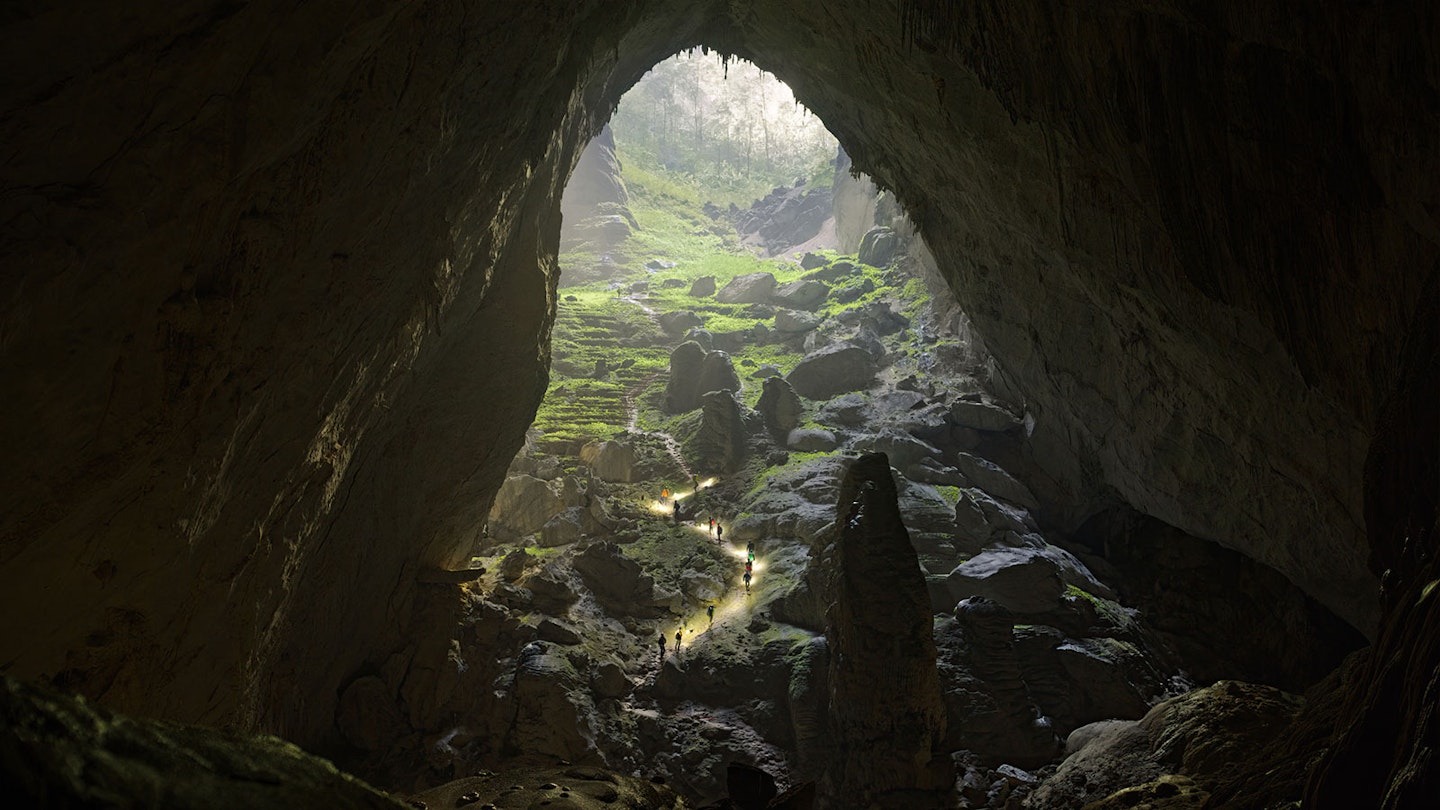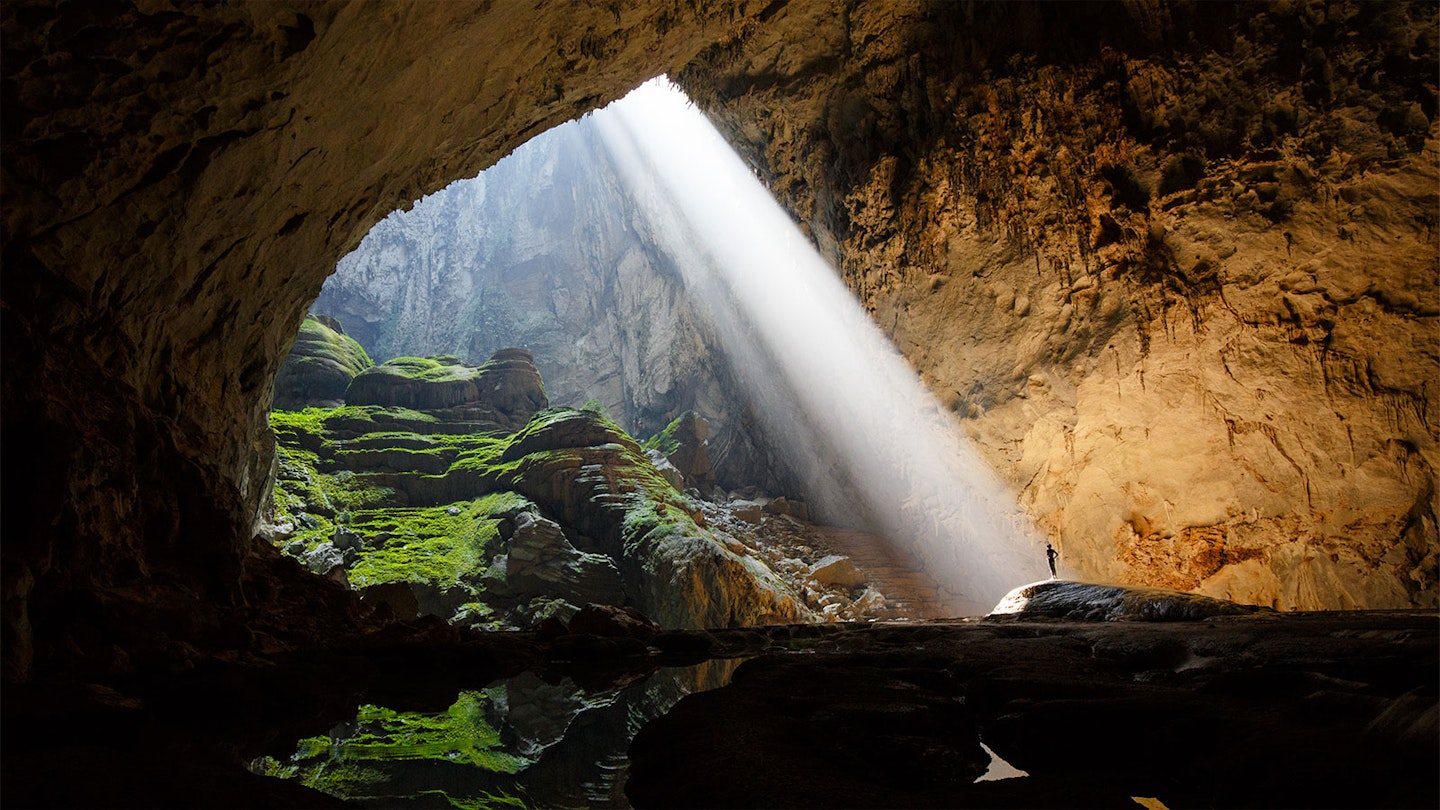The world’s largest cave passage plays the stage to a heated debate between tourism and environmentalism in this pristinely-captured documentary. The So'n Đoòng in Vietnam is so cavernous that it boasts its own jungle, lake and weather system, and since its discovery in 1990, only carefully orchestrated expeditions were permitted into its depths in order to preserve its stoic beauty and unique ecosystem. However, in 2014, plans were announced for a cable car system to be built through the cave, significantly boosting an impoverished local economy with a rise in tourism, but at great natural cost.

It’s a documentary of two halves: the first set almost exclusively in the cave, establishing its sheer vastness and charting the explorers hoping to uncover more of its secrets. The second plunges into the human-interest aspect of the story, with filmmaker Alastair Evans toggling between Vietnamese locals, environmental activists and British researchers, each with a stake in the cave’s future.
Measured and empathetic storytelling that above all else leaves a lasting message.
Gorgeously shot though the first chapter is, it lands as a by-the-numbers account of nature at its most awe-inspiring that lacks inventiveness. It’s when it shifts gears that the film picks up momentum, thanks largely to a group of impassioned local campaigners dedicated to exposing government conspiracies about its cable car plans while spreading global awareness of the cave’s environmental importance. One scene shows a leading activist breathlessly describing the first-hand experience of standing in the cave’s darkness during a TED Talk, imagining aloud that this is what the afterlife could feel like.
On-the-ground interviews with locals, however, lay bare the struggles of the Quảng Bình province which, following American bombings in the Vietnam war, has barely been redeveloped since the 1990s, and how the boost in tourism could lead to a significantly better quality of life. It’s this measured and empathetic storytelling that above all else leaves a lasting message.
